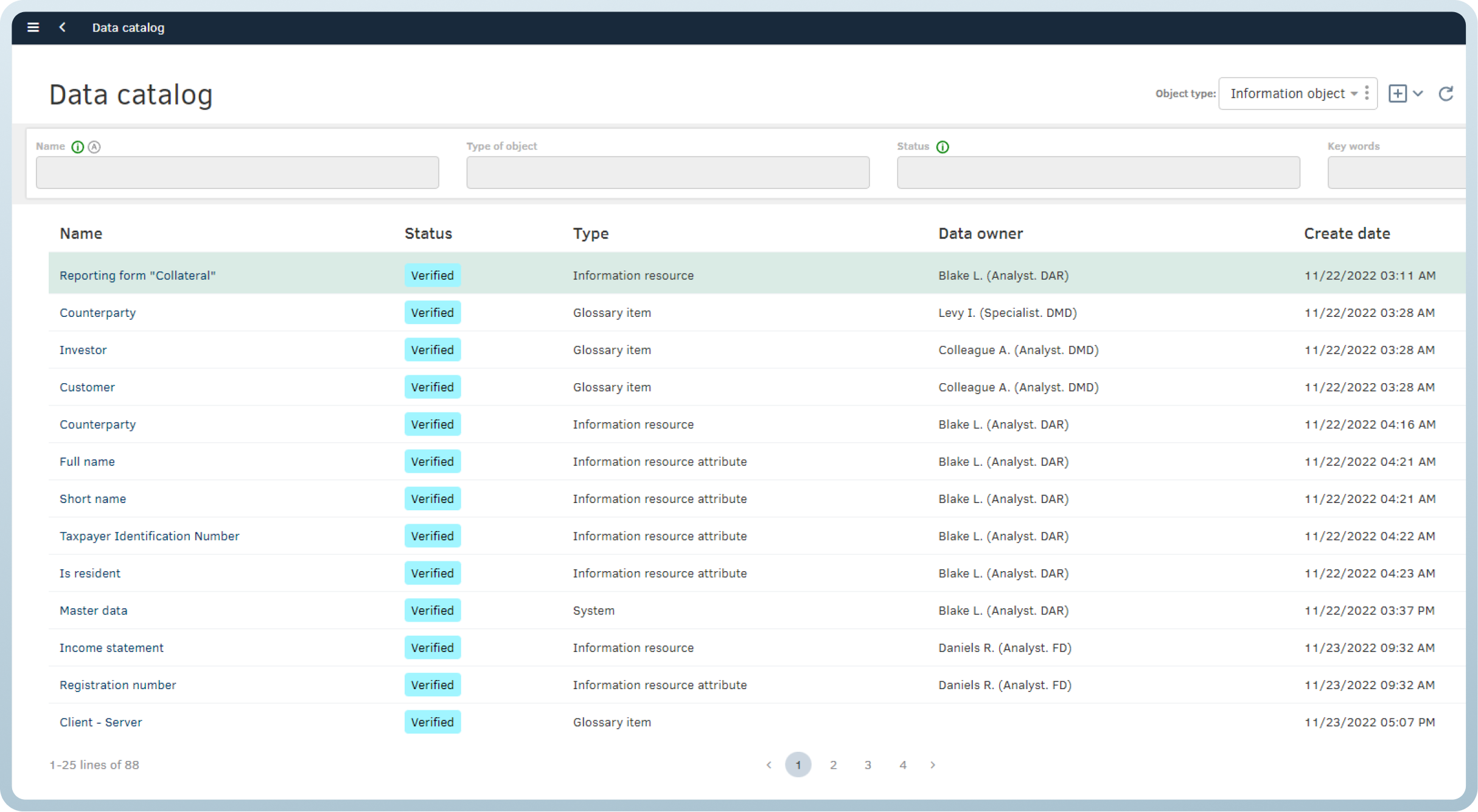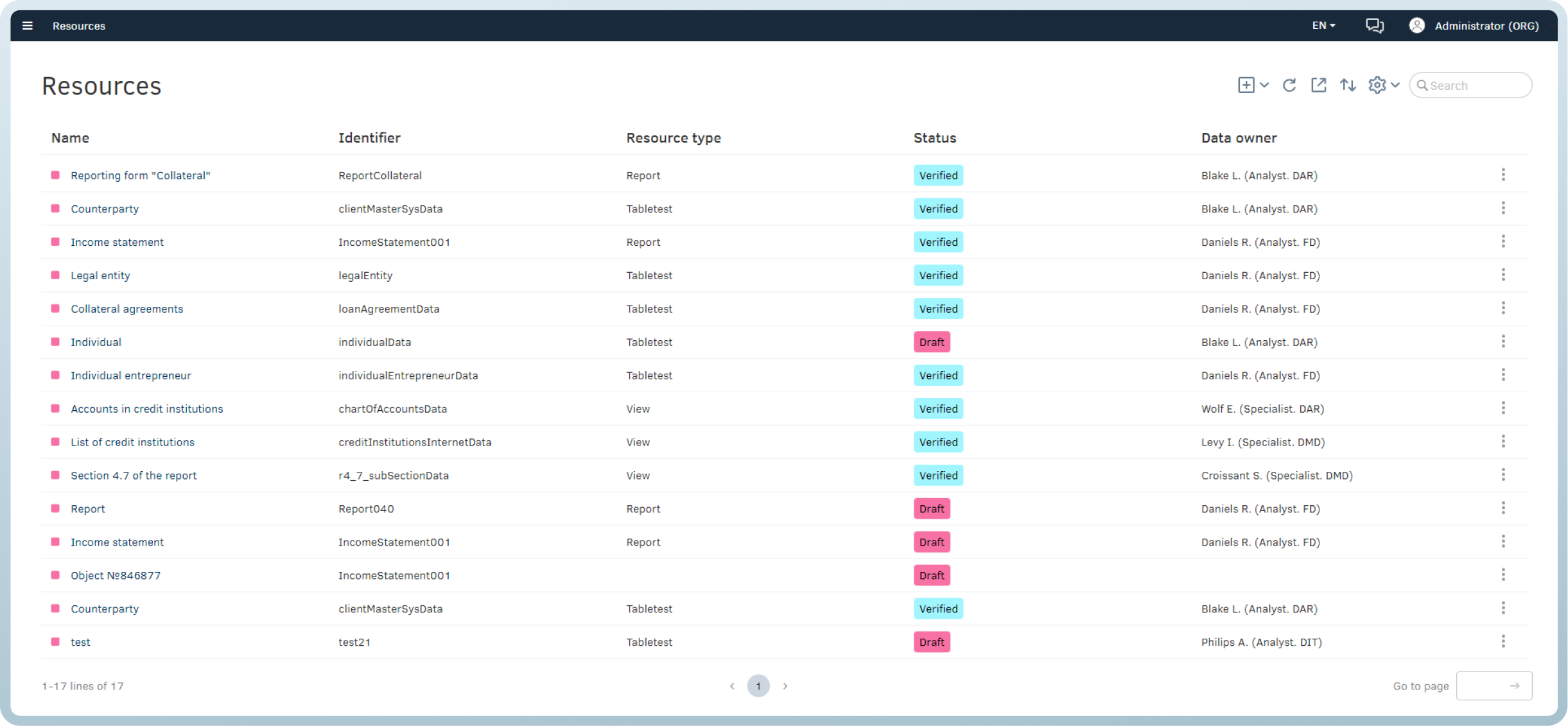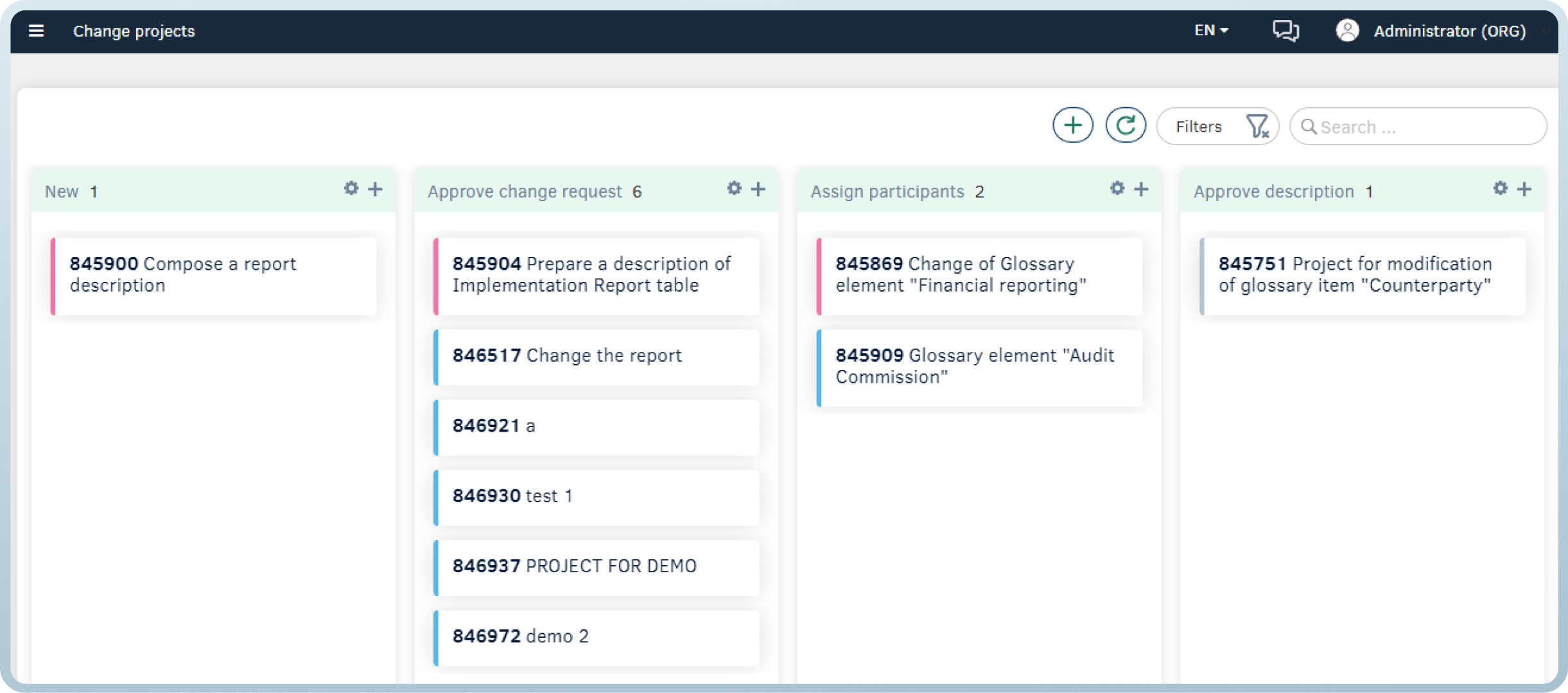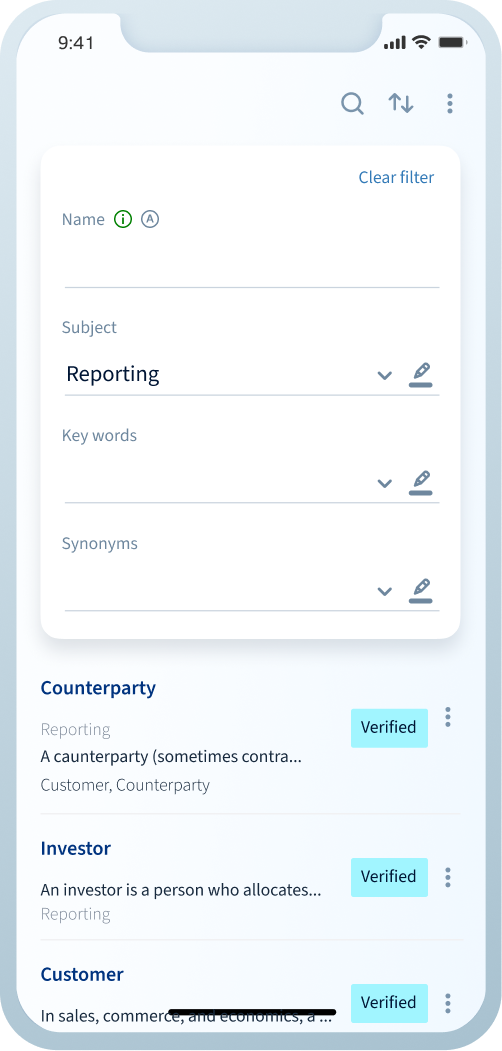
In today's digital age, data is the new oil, and companies that can manage their data assets well have a significant competitive advantage. Junica low-code platform offers a comprehensive data catalog that serves as a complete inventory of all data assets in an organization. In this blog post, we will dive deeper into the benefits of implementing Junica’s data catalog for your business.
Low-code approach to data integration
The low-code approach to data integration has revolutionized the way organizations integrate data from various sources. By empowering business users, reducing time and effort, providing flexibility, leveraging existing resources, promoting collaboration, and offering customization, low-code platforms have become a game-changer in the data integration space. The benefits of low-code data integration are far-reaching, enabling organizations to achieve faster time to value, improved data consistency, increased adaptability, and enhanced decision-making capabilities.
However, it is important to consider the challenges and ensure proper governance and security measures to maximize the benefits of this approach. As businesses continue to embrace digital transformation, low-code data integration will undoubtedly play a crucial role in enabling seamless data connectivity, driving data-driven decision-making, fostering innovation, and ultimately driving business success.
Benefits of Low-code Data Integration
The low-code approach to data integration offers several advantages that make it an attractive option for organizations of all sizes. Firstly, it allows non-technical users to participate in the data integration process. With intuitive drag-and-drop interfaces and visual workflows, low-code platforms enable business users to easily map data fields, transform and cleanse data, and define integration logic without writing a single line of code. This empowers business users to take ownership of their data integration needs and reduces the reliance on IT departments.
Secondly, low-code data integration platforms significantly reduce the time and effort required to integrate data from multiple sources. By providing pre-built connectors and templates for popular data sources and applications, these platforms streamline the integration process and eliminate the need for manual coding. This not only accelerates the time to value but also reduces the risk of errors and ensures data consistency across systems.
Another benefit of the low-code approach is its flexibility and scalability. As business requirements evolve and new data sources emerge, low-code platforms make it easy to adapt and expand data integration processes. With built-in scalability features, organizations can seamlessly handle growing data volumes and accommodate additional data sources without extensive rework or redevelopment. This agility allows businesses to quickly respond to changing market dynamics and gain a competitive edge.
Furthermore, low-code data integration empowers organizations to leverage their existing resources and skills. By providing a user-friendly interface and abstracting away the complexities of traditional coding, low-code platforms enable business users and citizen developers to contribute to the data integration process. This reduces the burden on IT departments and allows them to focus on more strategic initiatives, while also fostering a culture of collaboration and innovation within the organization.
Challenges and Considerations
While low-code data integration offers numerous benefits, there are some challenges and considerations to keep in mind. One potential concern is the risk of creating data silos. With non-technical users having the ability to independently integrate data, there is a possibility of data duplication or inconsistencies if proper governance and oversight are not in place. It is crucial for organizations to establish data integration standards, implement data quality measures, and ensure proper data governance to mitigate these risks.
Another consideration is the complexity of integration requirements. While low-code platforms provide a simplified approach to data integration, complex and highly customized integration scenarios may still require traditional coding. Organizations need to carefully evaluate their integration needs and assess whether a low-code approach can adequately address their requirements or if a hybrid approach combining low-code and traditional coding is more suitable.
Additionally, organizations should consider the security implications of low-code data integration. As data is being transferred between various systems and applications, it is essential to ensure that proper security measures are in place to protect sensitive information. This includes implementing encryption protocols, role-based access controls, and regular security audits to identify and address any vulnerabilities.
Moreover, the low-code approach to data integration promotes collaboration and innovation within organizations. By enabling business users to actively participate in the data integration process, organizations can leverage the diverse expertise and perspectives of their employees. This fosters a culture of collaboration and encourages the sharing of ideas and best practices, leading to innovative solutions and improved business outcomes.
The low-code approach offers a high degree of customization and extensibility. Organizations can tailor the integration process to their specific needs and requirements, ensuring that the data is integrated in a way that aligns with their business objectives. This level of customization allows organizations to achieve greater efficiency and effectiveness in their data integration efforts, resulting in improved decision-making and business performance.
Centralized location for corporate data resources
Junica's data catalog provides a centralized location for all corporate data resources, making it easy for businesses to manage their data assets. The data catalog's centralized location ensures that all data assets are registered in one place, making it easy for businesses to manage their data assets. The catalog also provides a comprehensive view of all data assets, making it easy for businesses to understand their data environment. This helps businesses to streamline their data management processes, reduce complexity and improve overall efficiency.

The centralized location of data assets ensures that businesses can easily access, maintain and manage their data, so businesses can make informed decisions based on data, improving their business outcomes. They also can avoid the common problem of data silos, where data is scattered across different systems and departments, making it difficult to access or use the data effectively.
Management of access rights to company information resources
Junica's data catalog provides a feature that enables businesses to manage access rights to company information resources. This feature ensures that only authorized personnel can access sensitive data, reducing the risk of data breaches. This feature also provides an audit trail that can be used to monitor data access and identify any unauthorized access attempts.

Managing access rights to company information resources is essential in today's world. With the increase in data breaches and cyber threats, businesses need to ensure that only authorized personnel can access sensitive data and ensure that their data is protected and reduce the risk of data breaches.
Quick location of necessary data
Junica's data catalog provides a quick and easy way to locate all necessary data through a centralized data catalog. This feature enables businesses to find the data they need quickly, improving productivity and reducing the time spent searching for data. By providing a comprehensive view of all data assets, the data catalog also helps businesses to identify any gaps in their data assets. It ensures that businesses can quickly find the data they need, improving productivity and reducing the time spent searching for data. The data catalog also helps businesses identify any gaps in their data assets, so that they can make informed decisions based on complete data.
Improved collaboration and data sharing
Junica's data catalog also enables improved collaboration and data sharing across different departments and teams within an organization. By providing a single source of truth for data assets, the data catalog allows different teams to collaborate on projects and initiatives, using the same data assets. This helps to eliminate duplication of effort and ensures that everyone is working with the latest and most accurate data. Improved collaboration and data sharing not only improve efficiency and productivity, but they also foster a culture of data-driven decision-making. By sharing data assets across different teams and departments, businesses can ensure that everyone is working towards the same goals, using the same data and insights.

Integration with other tools and systems
Junica's data catalog can integrate with other tools and systems. This feature allows businesses to leverage their existing systems and infrastructure, reducing the need for additional investments in new technologies, so that businesses can continue to use their preferred tools and systems, reducing the learning curve for new technologies.

In conclusion
Junica's data catalog is scalable and flexible, allowing businesses to manage their data assets effectively as they grow. The platform can handle large volumes of data, and the data catalog can be customized to meet the specific needs of each business. The platform's flexibility also allows businesses to adapt to changing business needs and requirements.
It also helps businesses improve the quality of their data and provides a comprehensive inventory of all data assets, which helps businesses identify any duplicates, errors, or inconsistencies in their data. By identifying and fixing these issues, businesses can ensure that their data is accurate and reliable, improving their decision-making process.
It can be integrated with other tools and systems, reducing the need for additional investments in new technologies. The platform's flexibility also allows businesses to adapt to changing business needs and requirements, further reducing costs.









